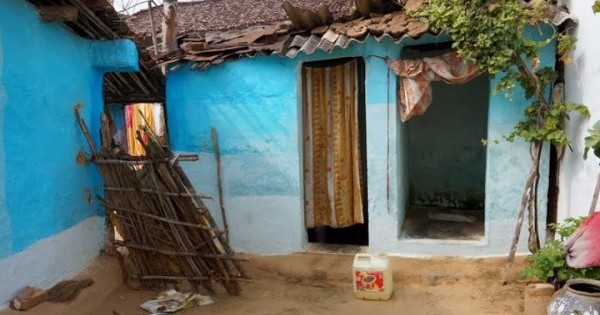
Readers of BMJ (journal of the British Medical Association) in 2007 chose the introduction of clean water and sewage disposal as “the most important medical milestone since 1840.” Nevertheless, well over a billion people today have no access to toilets, and diarrhea kills an estimated 1.4 million people in the world every year—19 percent of whom are children under the age of five. Two-thirds of those without toilets live in India, where the government provides the equivalent of $44 as a subsidy to households to build latrines. Still, as two recent studies show, construction of latrines isn’t sufficient: people also need to be convinced to use them.
A trial led by Thomas Clasen of Emory University in Atlanta was conducted between 2010 and 2013 in 100 rural villages in in the southeastern Indian state of Odisha. The percentage of households in 50 villages where latrines were promoted increased from nine percent to 63 percent (compared with an increase from eight to 12 percent in the 50 control villages), but the incidence of diarrhea in children under age five was virtually the same in both groups—8.8 percent in the first, 9.1 percent in controls. The researchers conclude, “Insufficient coverage and use of latrines seem to be the most likely causes for the absence of effect,” and, “Even householders with latrines did not always use them.” (Notably, women were five times more likely to use the latrine than men or children.)
Why don’t people use toilets when they have them? A recent survey of 3,235 rural households in rural northern India found that “over 40 percent of households with a working latrine have at least one member who defecates in the open.” When asked why, 47 percent of those questioned explained that they do so “because it is pleasurable, comfortable, or convenient” or it “provides them an opportunity to take a morning walk, see their fields, and take in the fresh air.” In fact, many people surveyed regard the practice “as part of a wholesome, healthy, virtuous life.”
The survey was conducted by the Connecticut-based Research Institute for Compassionate Economics (R.I.C.E. Institute). “We find that beliefs about purity and pollution help explain widespread open defecation,” Sangita Vyas of the R.I.C.E. Institute wrote to me via email. In a newly published survey of attitudes on the subject in India, she found that “caste and untouchability” complicate the adoption of simple latrine technologies. For example, installing latrines close to kitchens may pose a threat to the purity of the home, and “affordable pit latrines require pit emptying, an unthinkable task for caste Hindus.”
“Simply building toilets and latrines does not change people’s minds about using them,” the researchers conclude. More important, they say, is that rural sanitation officers work “to change minds and behavior” in order to promote public health. That is crucial, they conclude, because “widespread open defecation in rural India is a unique human development emergency” that “needlessly kills hundreds of thousands of babies and stunts the development and lives of those who survive, and the economy that all Indians share.”

